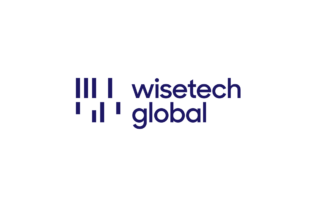Andre a Robinson, busines s development manager-UK for CargoWise edi, a leading provider of integrated international supply chain logistics management systems, says that throughout the freight forwarding industry many companies remain locked into their existing IT legacy systems and may not be taking advantage of new technological options that offer superior software solutions to better control supply chaincosts.
“There are numerous new software products available to the freight forwarding and logistics industries today; however, our experience indicates that many companies are not evaluating the true cost of maintaining their legacy systems,†says Robinson. “While these existing software systems may appear to function adequately, processes may be based on outdated software philosophies and skill sets that might not deliver what customers demand in today’s competitive environment. Newer technologies are available that can streamline and improve operational efficiencies, while saving time and reducing costs.â€Â
Robinson points out that in order for forwarders to truly understand the actual costs of maintaining legacy IT systems, they should consider conducting a Requirements Analysis Process (REAP) to compare their existing supply chain software system performance and costs to the benefi ts offered by newer, advanced software technologies. A complete analysis of the true cost of the operating methods in place will provide valuable insights into how a company can benefit with improved software technology and move forward more effectively and efficiently.
“The software applications companies run within their businesses dictate their operating procedures and capabilities as a business,†she says. “These applications should help companies move ahead by offering more value to customers with improved service options. Legacy systems can be very difficult and expensive to improve and expand upon if not done in an appropriate fashion. There is often a general lack of understanding of the existing, outdated system throughout the organization. By implementing new systems with improved documentation processes and better scalability options, a company can help to ‘future-proof’ their business and be better prepared for change and growth in the comingyears.â€Â









